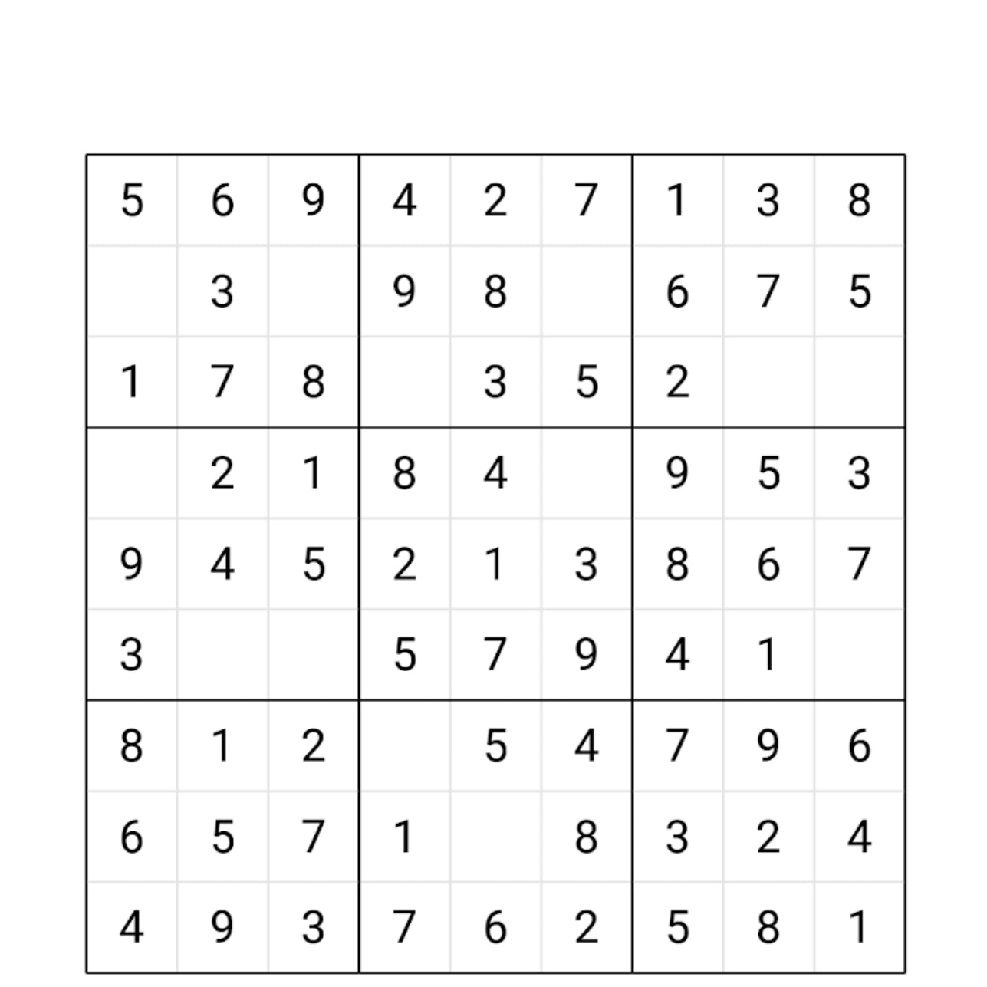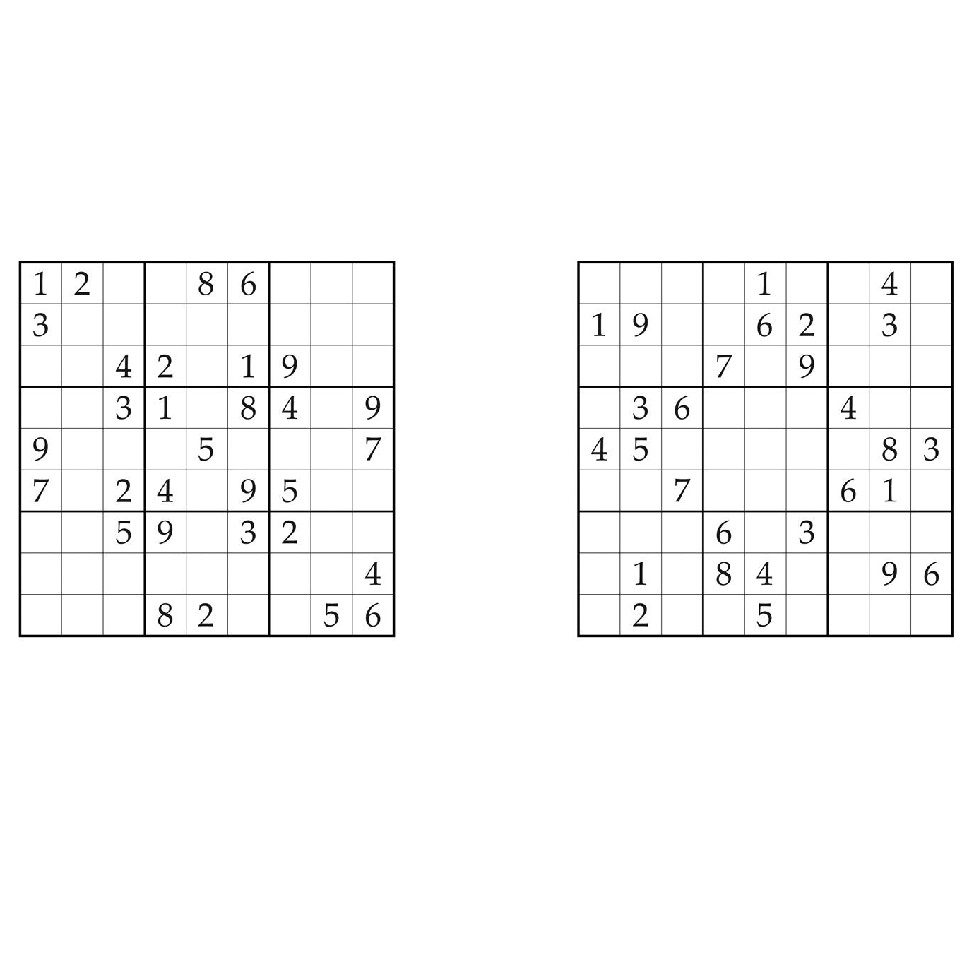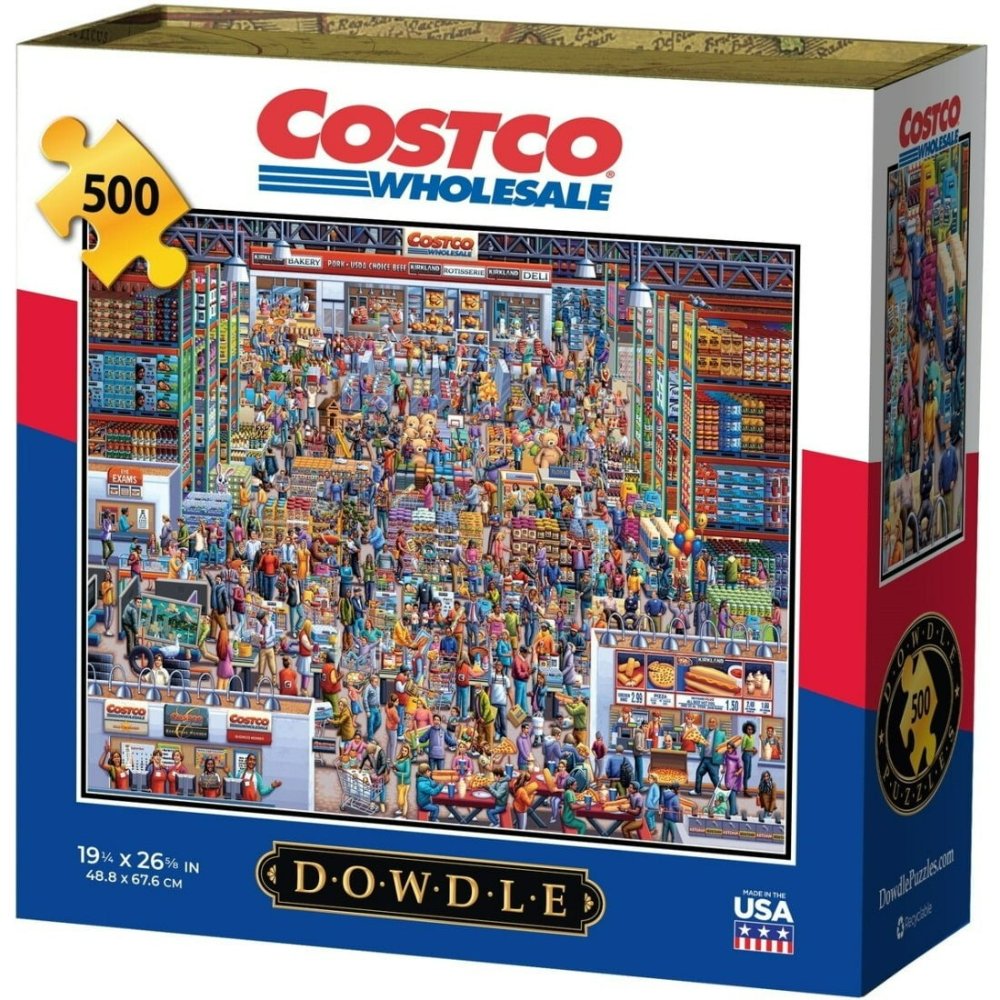Introduction to Sudoku Puzzle Creation
Sudoku is a brain-teasing puzzle that people around the world enjoy. It mixes logic and strategy. If you love solving Sudoku, creating your own can be even more rewarding. This introduction will help you understand how to start crafting your own Sudoku puzzles using a sudoku generator. Clearly, with the right tools and knowledge, you can design puzzles that challenge and entertain friends, family, or Sudoku enthusiasts everywhere.
To begin with, you will need to grasp the basic structure of Sudoku. It is a 9×9 grid split into 9 smaller 3×3 squares. Each row, column, and 3×3 square must contain all numbers from 1 to 9 without repetition. The beauty of Sudoku is its simplicity combined with the complexity of designing a solvable puzzle.
Creating Sudoku puzzles requires patience and a logical approach. As a creator, your goal is to provide a clear path to a solution. This requires setting clues strategically throughout the grid. These clues are the numbers you initially fill in.
Using a sudoku generator can simplify the process. These generators use algorithms to ensure a unique solution exists for each puzzle. They also help maintain the right balance of difficulty. Whether you are a beginner or an experienced puzzle creator, generators are essential for producing quality puzzles. Familiarity with these tools will serve you well as we delve into the more technical aspects of Sudoku creation.
Through this blog, you’ll learn the techniques for making your own puzzles. We’ll explore the essential tools, delve into algorithms, and figure out how to set various difficulty levels. By the end, you’ll be ready to test, refine, and share your Sudoku puzzles confidently. Let’s embark on this journey of becoming an adept Sudoku puzzle creator together.
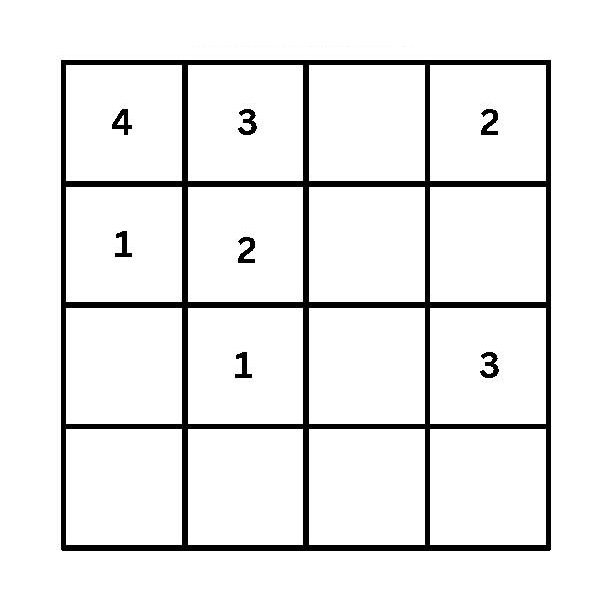
Essential Tools for Crafting Sudoku Puzzles
Creating compelling Sudoku puzzles is not all about skill – the right tools are crucial. A good sudoku generator tops the list. This tool can lay out the basic grid and fill in initial numbers, ensuring you get a unique solution. It is a must-have for any puzzle creator.
Besides a sudoku generator, here are other essential tools:
- Pencil and Paper: Sometimes old-school methods work best. Sketching out ideas on paper can be helpful.
- Spreadsheet Software: Programs like Excel allow for easy manipulation of numbers and grid patterns.
- Solver Tool: A tool to check the solvability of your puzzles, making sure there’s only one solution.
- Difficulty Calculator: To gauge the complexity of your puzzles and adjust it accordingly.
- Pattern Templates: Having standard patterns can help in designing a wide variety of puzzles.
- Online Forums and Communities: Engage with fellow creators to exchange tips and get feedback.
While a sudoku generator is a core tool, combining it with these other tools will greatly enhance your puzzle-making experience. They’ll help add variety, maintain accuracy, and refine the difficulty of your Sudoku puzzles.
Algorithm Basics for Generating Sudoku Puzzles
Understanding the algorithm basics is key to using a sudoku generator effectively. Algorithms are like set rules. They guide how the generator places numbers in the grid. These rules ensure that every Sudoku puzzle is unique and solvable. Algorithms also maintain the necessary difficulty level.
Here are the basics of Sudoku algorithms you should know:
- Random Number Generation: Algorithms start by placing numbers randomly on the grid. They ensure no rules of Sudoku are broken.
- Backtracking: If a problem arises, the algorithm will backtrack. This means it goes back a step to fix issues.
- Unique Solution Verification: A good algorithm checks that only one solution is possible. This is crucial for a proper Sudoku puzzle.
- Difficulty Setting: Depending on the algorithm, it will set puzzles to be easy, medium, or hard.
You don’t need to program these algorithms yourself. A robust sudoku generator will have them built-in. Your job is to understand how they work. This way, you can create puzzles that engage and challenge solvers at the right level. It’s also essential for when you’re ready to adjust difficulty or try something new in your puzzle designs.
Designing the Puzzle Structure
Designing the structure of a Sudoku puzzle is where creativity meets logic. To start, you need to decide on the pattern for the initial clues. Here’s how to approach it:
- Choose a Pattern: Start with a clear pattern in mind for the numbers you will place. Symmetrical patterns often appeal to players.
- Number Placement: Following Sudoku rules, place numbers in the grid. Ensure no number repeats in any row, column, or 3×3 square.
- Balance Clues: Aim for a balanced number of clues across the puzzle. Too few make it too hard; too many, too easy.
- Create Multiple Solutions: Start with multiple solutions, then reduce them to one as you finalize the puzzle.
- Leave Room for Difficulty Adjustment: Place clues with room to change. This lets you adjust the challenge later on.
A quality sudoku generator assists greatly in this phase. It can suggest initial placements and patterns. You can tweak these suggestions to suit the puzzle you have in mind.
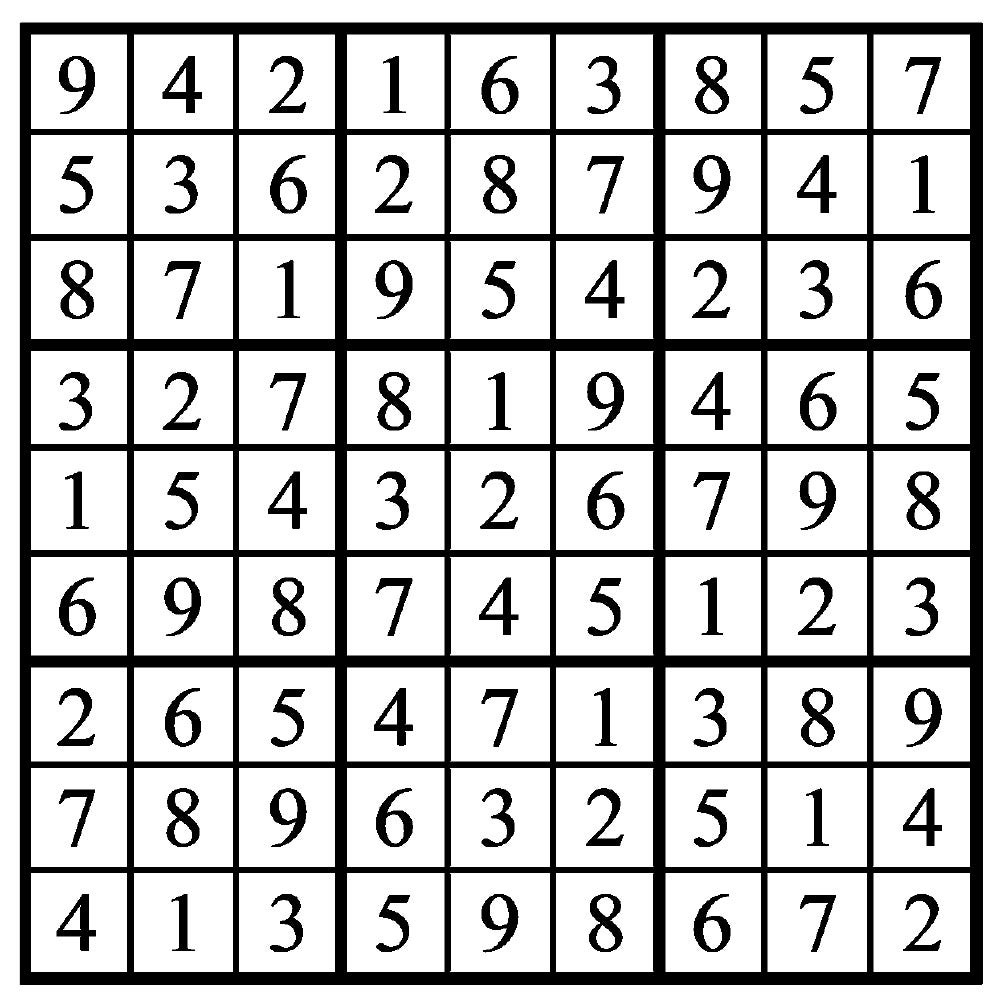
Remember, the structure is not just about starting numbers. It’s about setting up a journey for the solver. Each step in the grid should offer a fair challenge. The layout should guide them through to the solution in an enjoyable way.
By carefully choosing where to place clues, you can control the complexity of that journey. Puzzles should be fun and satisfying to solve. With thoughtful design, your Sudoku will offer just that.
Difficulty Levels in Sudoku Puzzles
Setting the right difficulty level is a critical step in Sudoku puzzle creation. It shapes the solver’s experience. Here are tips for getting the difficulty just right with the help of a sudoku generator:
- Understand Solver Profiles: Know who you are designing for. Newbies prefer simpler puzzles while experts enjoy harder challenges.
- Use an Algorithm: A good sudoku generator will have algorithms to set a puzzle’s difficulty level automatically.
- Balancing Clues and Empty Spaces: More clues generally mean easier puzzles. Fewer clues offer a greater challenge.
- Strategic Clue Placement: Where you place the clues can add intrigue. It can make an ‘easy’ puzzle trickier, or a ‘hard’ one more approachable.
- Tweak for Feedback: Pay attention to feedback from solvers. This helps you fine-tune the difficulty.
The right sudoku generator can gauge the complexity of your design and provide difficulty options. You can start with a base level and then adjust clues to raise or lower the challenge. Watch how each alteration affects solvability. Aim for that perfect balance that keeps solvers engaged yet not overwhelmed.
In conclusion, adjusting difficulty levels is a dynamic process. It requires understanding your audience and the intricacies of puzzle design. A sudoku generator can be an invaluable tool, but your insight as a creator is irreplaceable.
Testing and Refining Your Sudoku Puzzles
Once you’ve designed your Sudoku puzzles using a sudoku generator, testing and refining is a crucial phase. This stage ensures your creations are both enjoyable and error-free. Here’s how to carry out effective testing and refinements:
- Self-Testing: Start by solving the puzzle yourself. Look for logic issues or multiple solutions.
- Peer Review: Have Sudoku enthusiasts in your circle try your puzzles. They can spot issues you might miss.
- Solver Feedback: Offer your puzzles to a broader audience. Gather their insights on the puzzle’s clarity and difficulty.
- Use Different Devices: Try your puzzles on various devices. Ensure they work well on paper, computers, and mobile platforms.
- Difficulty Balance Check: Make sure the difficulty level is as intended. If not, go back to the clue placement and adjust accordingly.
- Fine-Tuning: In response to feedback, tweak the number and placement of clues. Strive for that perfect balance of challenge and solvability.
- Iterative Process: Understand that perfection comes from iteration. Refine your puzzles over multiple rounds of feedback and adjustments.
Testing isn’t just a one-off affair – it is an ongoing process that can lead to the continuous improvement of your puzzles. With each iteration, you fine-tune the difficulty and the user experience. In the end, your diligence during the testing phase will pay off when Sudoku players enjoy your well-crafted puzzles without running into unsolvable scenarios or trivial challenges. Remember, a top-notch sudoku generator is your ally, but your critical eye is the final judge of each puzzle’s readiness.
Sharing Your Sudoku Puzzles with the World
After perfecting your Sudoku puzzles with a sudoku generator, it’s time to share your work. Sharing not only showcases your talent but also invites feedback and engagement. Here’s how you can bring your Sudoku creations to the wider puzzle-loving community.
- Choose the Right Platforms: Select online platforms where puzzle enthusiasts gather. Consider social media, puzzle forums, or dedicated Sudoku sites.
- Print and Distribute: Some people prefer puzzles on paper. Print puzzles in local newsletters or magazines.
- Create a Blog or Website: Display your puzzles on your own blog or website. Offer a mix of difficulties to attract different skill levels.
- Use Puzzle Apps: Submit your puzzles to Sudoku mobile apps. This can reach a broad, tech-savvy audience.
- Engage with Your Audience: Ask solvers for their thoughts. Answer questions, and discuss puzzle-solving strategies.
- Organize Competitions: Host solve-off events online or locally. Reward winners to encourage participation.
- Collect Feedback: Use comments and suggestions to improve your craft. Engagement helps build a loyal following.
- Continuously Offer New Challenges: Keep creating and sharing new puzzles regularly. This keeps solvers excited and coming back for more.
Sharing your Sudoku puzzles brings joy both to you and to those who solve them. It opens up avenues for improvement and establishes your name in the Sudoku community. With patience and continual engagement, your puzzles can win the hearts of players around the globe.
Final Thoughts on Sudoku Puzzle Generation
After delving into the art of Sudoku puzzle creation, we’ve explored the essential tools, algorithms, and methodologies needed to craft engaging and challenging puzzles. The role of a quality sudoku generator cannot be overstated—it’s a cornerstone tool that simplifies the puzzle creation process, ensuring uniqueness and solvability. Combining this tool with creativity and patience results in puzzles that can captivate and delight solvers of all levels.
Creating your Sudoku puzzles is a journey of continuous learning and passion. Remember the crucial steps: designing with a logical structure, adjusting difficulty levels, thorough testing and refining, and finally sharing your masterpieces with an eager audience. The satisfaction of watching others solve puzzles you’ve created is truly unparalleled.
In closing, whether you’re a seasoned puzzle crafter or a novice enthusiast, the insights shared in this blog aim to sharpen your skills and inspire your next creations. Engage with the community, keep abreast of new techniques, and always strive for that perfect balance between challenge and enjoyment. With perseverance and ingenuity, your Sudoku puzzles will not only be a testament to your skill but also a gift to the puzzle-solving world. Remember, every great puzzle begins with the spark of an idea and the right sudoku generator to bring it to life.
